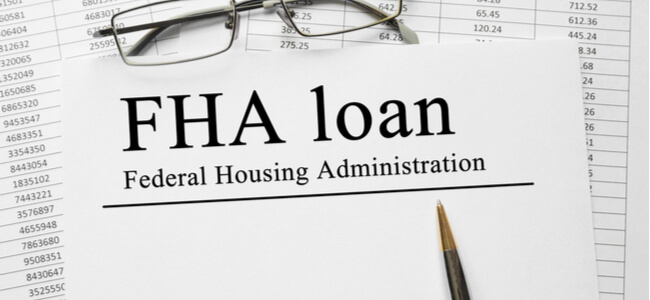Ways To Rebuild Your Credit Score After Bankruptcy

If you’ve recently had to file for bankruptcy, you’re probably wondering how long it takes to repair credit after a Chapter 7 filing. Bankruptcy greatly impacts your ability to secure financing in the future. Fortunately, bankruptcy isn’t fatal, and you can gradually repair your credit and move on.
Follow these tips to get on the road to financial recovery.
How Does Bankruptcy Impact Your Credit Score?
Filing for bankruptcy can sometimes be the only way to regroup and gain control over your finances. However, the decision to file shouldn’t be taken lightly. The impact on your credit score is severe. According to FICO, if your credit score is 700, you can experience an immediate drop of at least 200 points.
A Chapter 7 bankruptcy wipes your slate of liabilities clean. Your non-exempt assets are sold, and the proceeds are used to pay your lenders. Whatever debt remains will be discharged by the court. Still, bankruptcy remains on your credit report for up to 10 years. Unlike a Chapter 13 where you commit to a repayment plan, it can take as much 18-24 months to repair your credit score after a Chapter 7 filing.
Presenting yourself as creditworthy will take more effort and demand some sound habits as outlined below, but there are ways to access financing while rebuilding your credit.
The Best Practices For Credit Repair After Bankruptcy: Maintain Good Credit Habits
Wondering how to rebuild your credit after bankruptcy? Although the process doesn’t offer instant improvements, the best way to rebuild your score involves maintaining strong financial habits.
1. Check Your Credit Report
Checking your credit report should be a routine part of your financial life. You’re entitled to one free report every year from each of the three major credit bureaus. Check your report after the Chapter 7 filing to confirm that your debts have been discharged. Take immediate action to correct any mistakes.
2. Pay Your Bills On Time
Your bill-paying history makes up 35% of your score. Most creditors will report to the bureaus when you’re late by 60 days. Others may wait longer to report. Therefore, one easy strategy for building credit after bankruptcy is paying bills on time.
3. Experian Boost
Experian Boost was launched in 2019 to help consumers improve their credit scores. You need to give Experian permission to connect to your bank accounts. The platform will automatically locate on-time bill payments and add them to your report. Monthly bills such as utilities, telecom, and even Netflix can become building blocks for improving your payment history.
4. Emergency Savings
An emergency savings account is critical to your financial health. Experts suggest that you save enough to cover three months of living expenses. The absence of emergency savings can plunge you into debt that you can’t pay.
Rebuilding Credit After Bankruptcy With A Secured Credit Card
Obtaining a regular credit card after bankruptcy can be difficult. A secured credit card can be one way to begin the process of repairing your score. The card is secured by a deposit that can be kept by the lender if you don’t make your payments.
If you make a larger deposit than you use, you’ll improve your credit utilization ratio too. Pay the balance in full and on time each month. Make sure the issuer will report your account information to all three bureaus. By using the card responsibly, you can improve your score fairly rapidly.
Take Out A Personal Loan
A personal loan after bankruptcy will cost you more but might be worthwhile. You’ll face higher interest rates and fees, but a small installment loan provides you the opportunity to demonstrate that you’re a responsible borrower. Online lenders, credit unions, and community banks that focus on borrowers with weaker credit are more likely to approve your application.
It’s wise to avoid no credit check and payday loans that can trap you in an endless cycle of debt. The monthly payments might be so high that you’re unable to meet your other monthly obligations, erasing any credit repair gains you might’ve already made.
Become An Authorized User Or Find A Cosigner
Becoming a cosigner on someone else’s credit card can help you repair your credit score. A family member or friend can add your name to their credit card account, and all payments are recorded on your credit report.
Obtaining financing after bankruptcy isn’t easy, yet it’s one of the best ways to rebuild your credit. Adding a cosigner improves your chances of being approved for financing after bankruptcy. Even though you have a cosigner, you’re approved under your own name. Moreover, a strong repayment record can boost your credit score after bankruptcy.
The Bottom Line
No matter your financial circumstances, improving your credit score takes time and effort. Once you’ve pulled your report, you’ll see the most important components that make up your score. Focus on building up these elements and take advantage of tools such as payment alerts and Experian Plus.
Most importantly, watch out for credit repair companies that promise to rebuild scores quickly. These represent risky and expensive means to accomplish what you can do on your own by adopting healthy financial habits that build better financial practices for the future.



